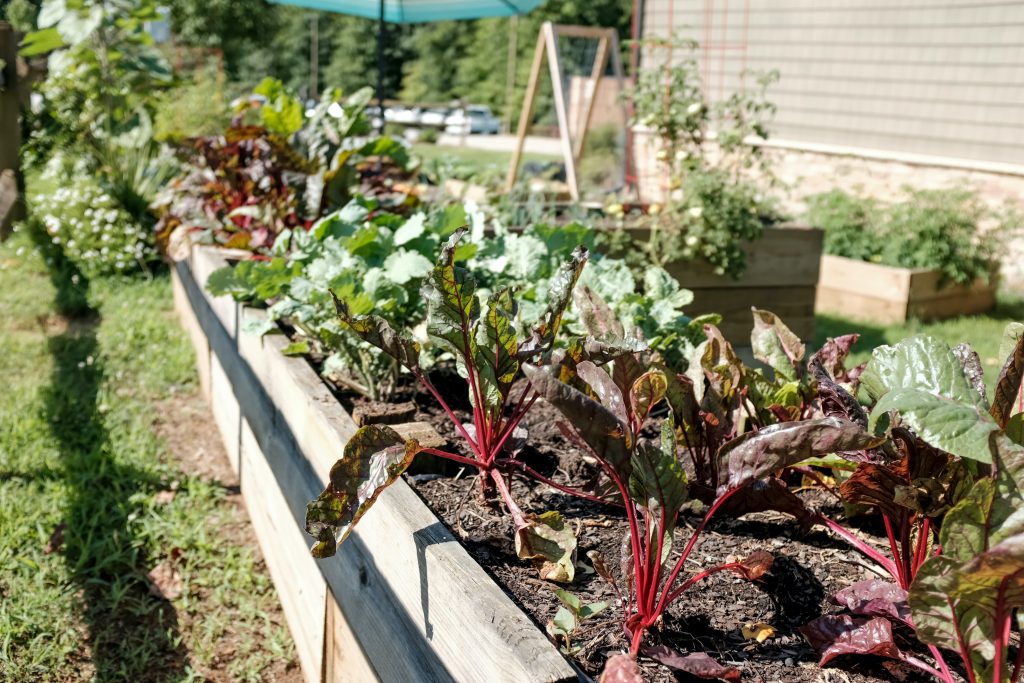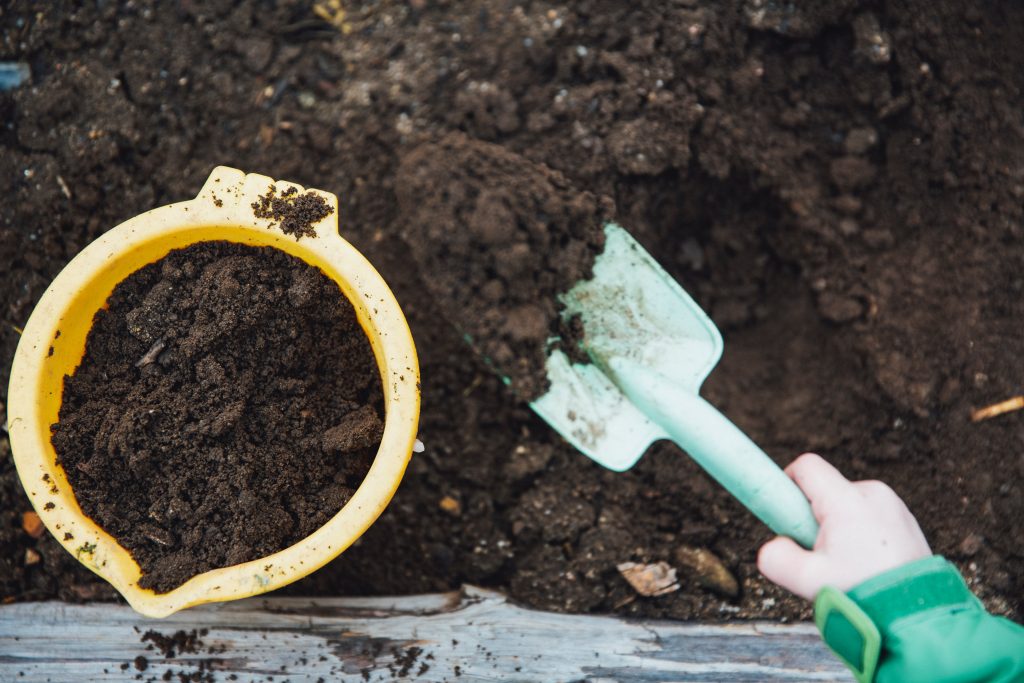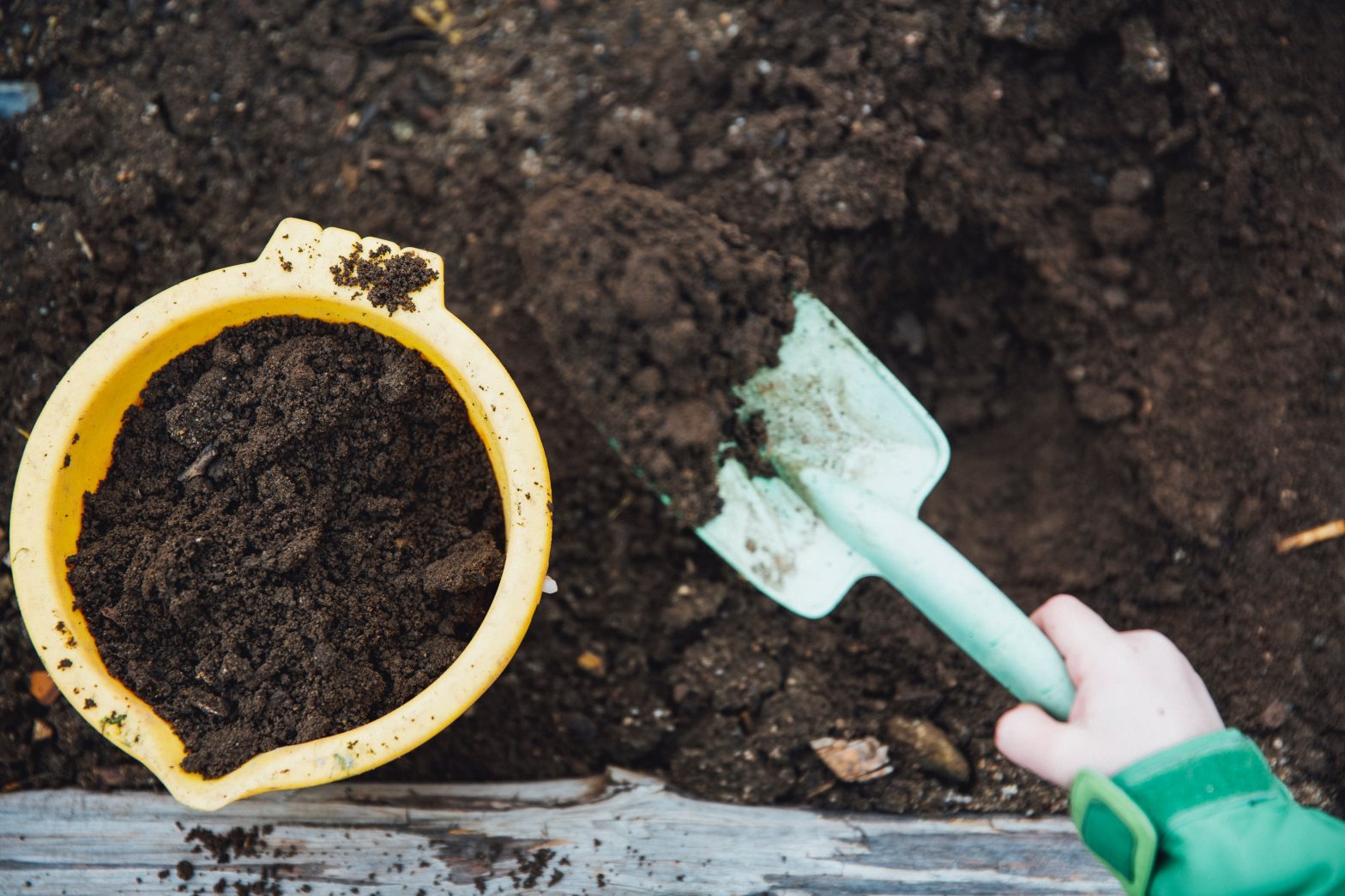Energy exists all around us.1 Good permaculture designs consider how to best utilize these forms of energy which have vast potential. For permaculture design principle #2, we will explore the types of energy that may be present around us and the variety of ways to capture and store this energy. In the process of permaculture design principle #1, observe and interact, make note of if the following potential of these stores of energy could be helpful for your specific purposes.
Some of these sources of energy may be practical for you, and others may not. Each step of permaculture is interconnected and at every point we must examine the other stages, says permaculture expert and founder of Orlando Permaculture, Anita Zuccarini. During the first stage of observing and interacting you may discover that some of these energy sources are abundant while others may not be practical to use in your environment or specific situation. Zuccarini adds that, in practice, you may find that some of these methods work great for you while others are not so feasible.2

Photo Credit: Johnathan Hanna via Unsplash
1. Energy from Our Planet
Major sources of energy such as solar, wind and even water, can be used to create power. This power can be utilized immediately or stored in batteries for later use. Solar power is often most feasible because energy from the sun is one of the most abundant resources on our planet.1,3 Using solar power to create electricity can have a high cost to set up initially, however, solar panels are becoming more efficient and more affordable as technology continues to develop. Alternatively, the energy of the sun can also be used in a passive way. Greenhouses used for growing food as well as the drying of herbs and other foods are easier ways to store the heat of the sun’s energy without the larger financial investment of solar panels.3
Alternatively, depending on your climate and the land you may also be able to generate electricity using wind or water. Generating power with wind or water is more climate and situation specific than solar. Wind power requires a large and open area in order to be practical, while hydropower requires a consistent level of running water that is often not available.4,5 Generally, these are less feasible than the use of solar power. However, water can be an important asset, and is commonly captured as rain and stored for later uses like irrigation.

Photo Credit: Ritam Baishya via Unsplash
2. Energy from the Weather
Rain barrels are an amazing and affordable way to capture energy as well as being one of the most commonly utilized stores of energy within permaculture design principle #2. Contingent with your climate, water needs and local laws, rain barrels could be a supplement to other water supplies or a main source of water. Rain barrels can even be utilized as part of an efficient type of watering system called drip irrigation.5,6 Water is integral for plants’ growing processes and a rain barrel is an accessible way to capture and store a source of energy that is often abundant.

Photo Credit: Anna Atkins via Unsplash
3. Energy from Our Surplus
If you’re growing your own food, you are already efficiently capturing energy from the sun, water and soil.1 If you’re very successful, you might find that you have more than you can use and share with friends or neighbors, but there’s no need to let a bounty go to waste. Preserving, freezing and fermenting food are all ways to capture and save the energy that both you and nature put into your crops.

Photo Credit: Elena Leya via Unsplash
4. Energy from Our Waste
Unfortunately, we won’t always have the best of luck. Sometimes, crops will be eaten by bugs or fungus. Alternatively, they simply may not thrive under the conditions they are in. In this case, it’s not all a loss because plants that may need to be discarded can become part of the compost pile. This compost will eventually be added back to the crop, providing rich nutrients. Many types of kitchen scraps that are often thrown away and end up in landfills can instead be used to create compost and enrich the soil surrounding your future food. Read more about composting and how to get your compost started here.8

Photo Credit: Marcus Spiske via Unsplash
5. Energy from Us
Lastly, none of the above parts of permaculture principle #2 would be possible without our own energy. The social essence of humans can unite and empower us to make great things occur that strengthen our community. Zuccarini tells us that fundamental to permaculture are sharing with neighbors, asking for help and working together which are all ways of capturing human energy by taking advantage of the enormous collaborative potential we have.2

Photo Credit: Benjamin Combs via Unsplash
Sources:
- Waddington, E. (2022, July 11). The 12 principles of Permaculture: A way forward. earth.fm. https://earth.fm/updates/permaculture-principles/
- Zuccarini, A. (2023, February 20) Interview Conducted by Kirra Scudder.
- A. (2020, May 27). Solar energy – The oldest power on earth. Permaculture Visions. https://permaculturevisions.com/a-solar-future/
- The Solar Garden. (2011, March 10). Wind power | Wind turbines | The solar garden. The Solar Garden – Sustainablity Education Programs. https://www.thesolargarden.org/wind-power/
- Biggers, S. (2019, August 22). Best hydro power options for the practical homestead. Backdoor Survival. https://www.backdoorsurvival.com/best-hydro-power-options-for-the-practical-homestead
-
Fleet Farming. (2023). Edible landscapes garden design | Drip irrigation | no-dig | Fleet farming. https://fleetfarming.org/edible-landscapes/garden-design/
- Dyer, M. H. (2019, April 21). Rain barrel ideas – How to make a rain barrel for the garden. Gardening Know How. https://www.gardeningknowhow.com/garden-how-to/projects/how-to-make-your-own-rain-barrel.htm
- Wilson, O. (2021, March 15). Composting at home: A beginner’s guide. IDEAS For Us. https://ideasforus.org/composting-at-home-a-beginners-guide/

